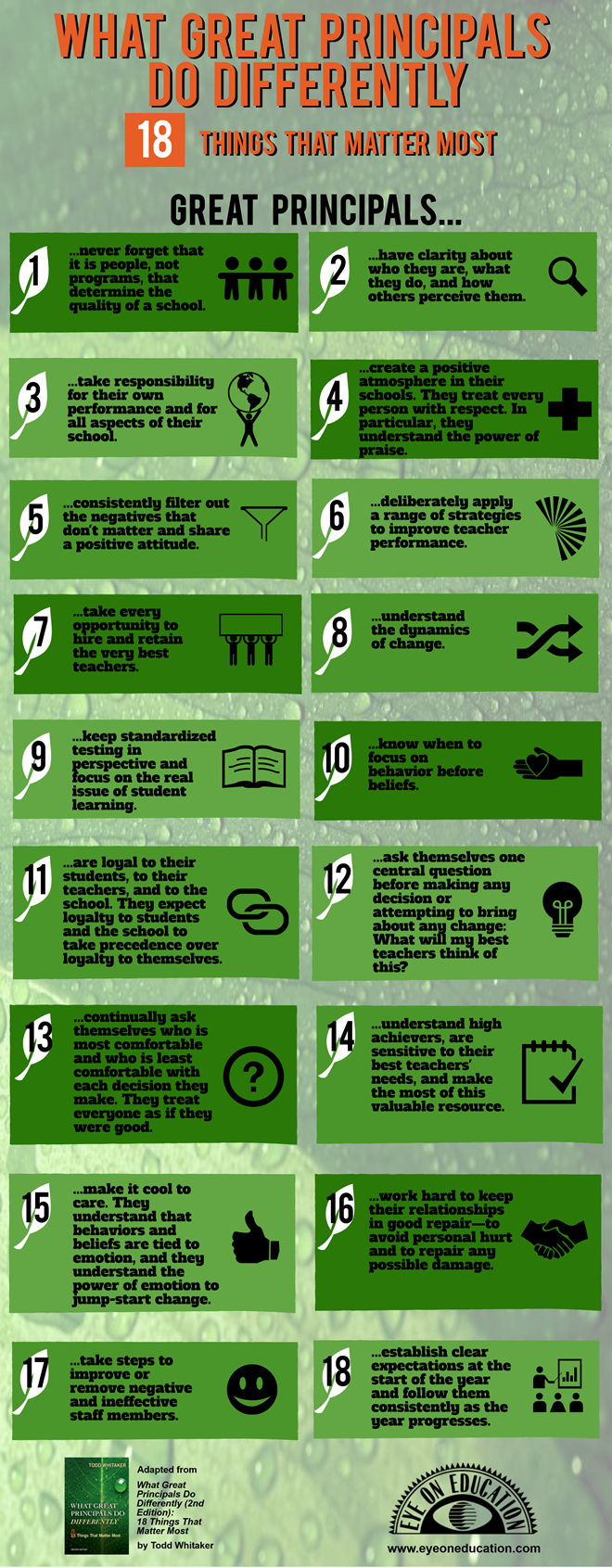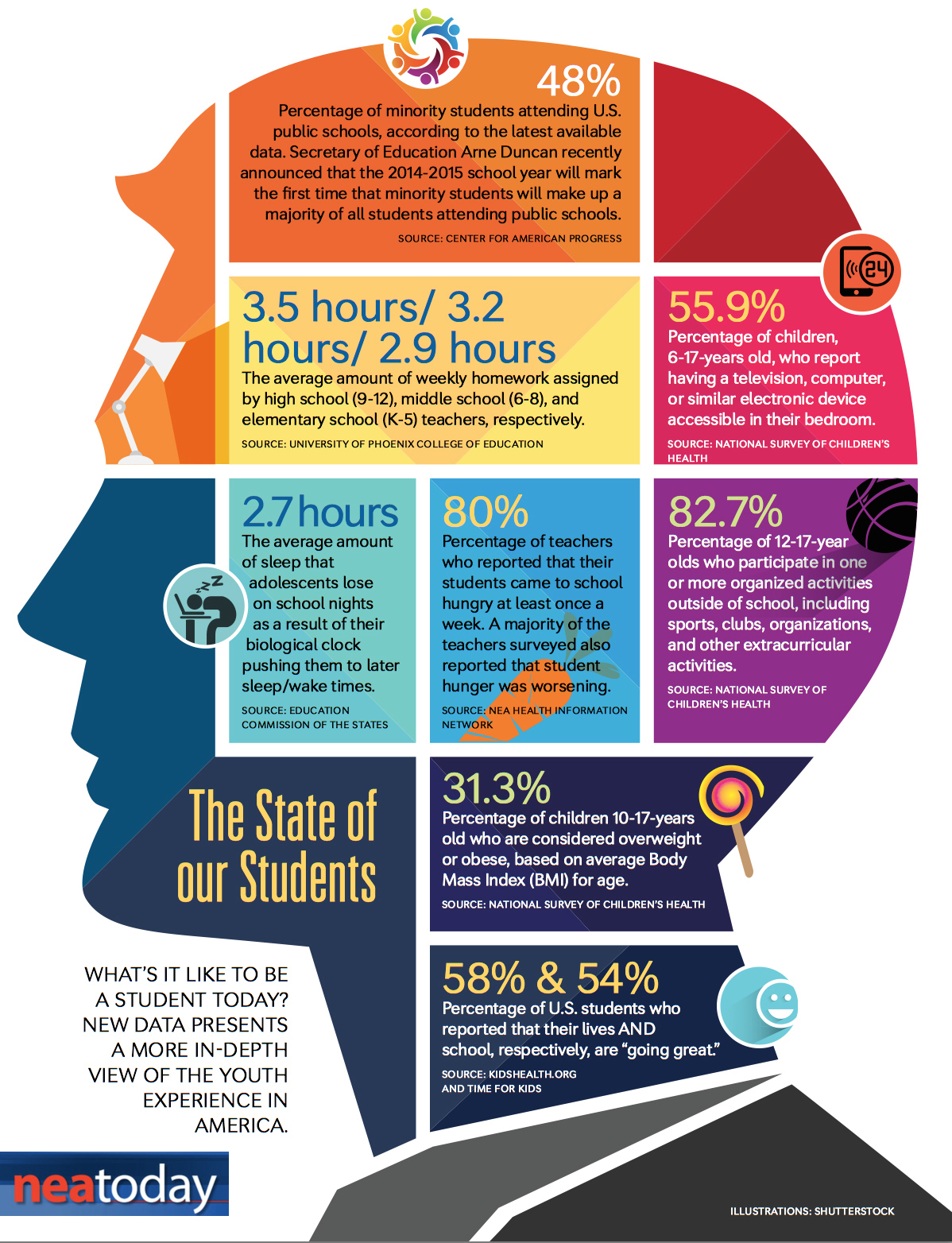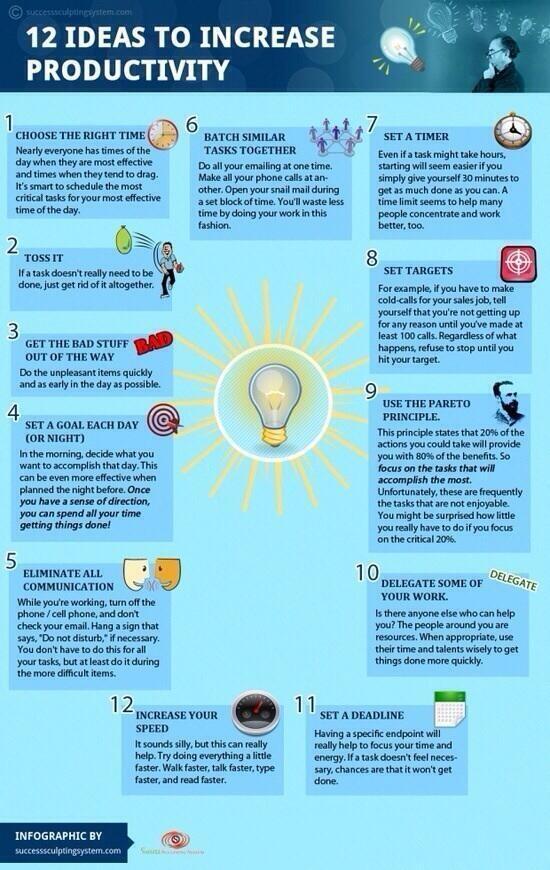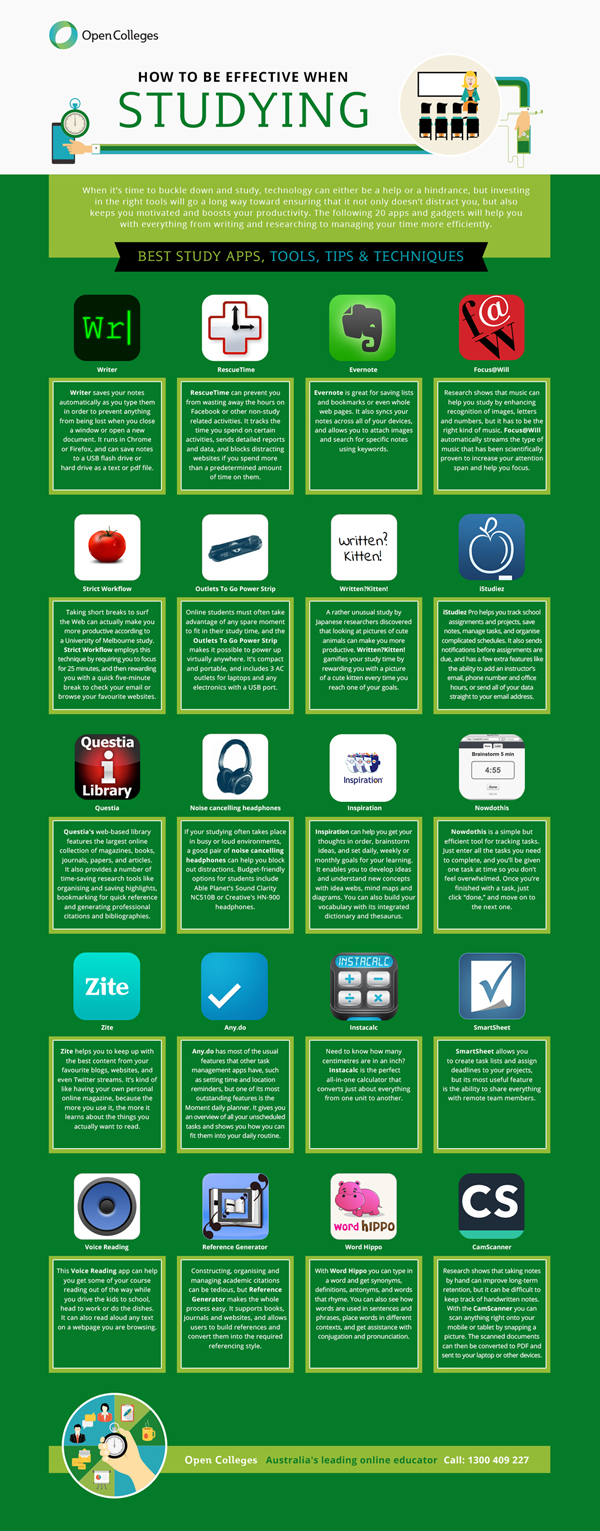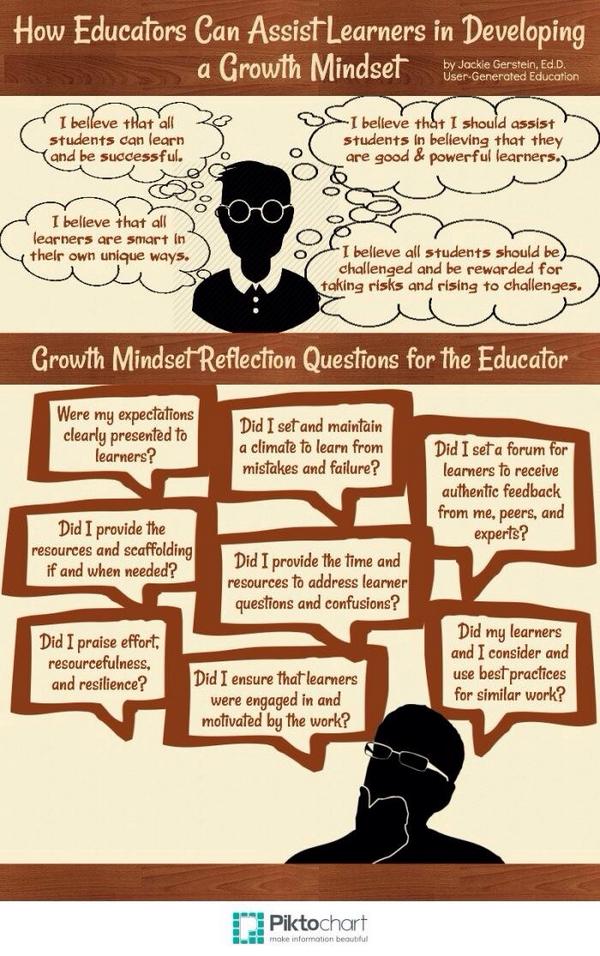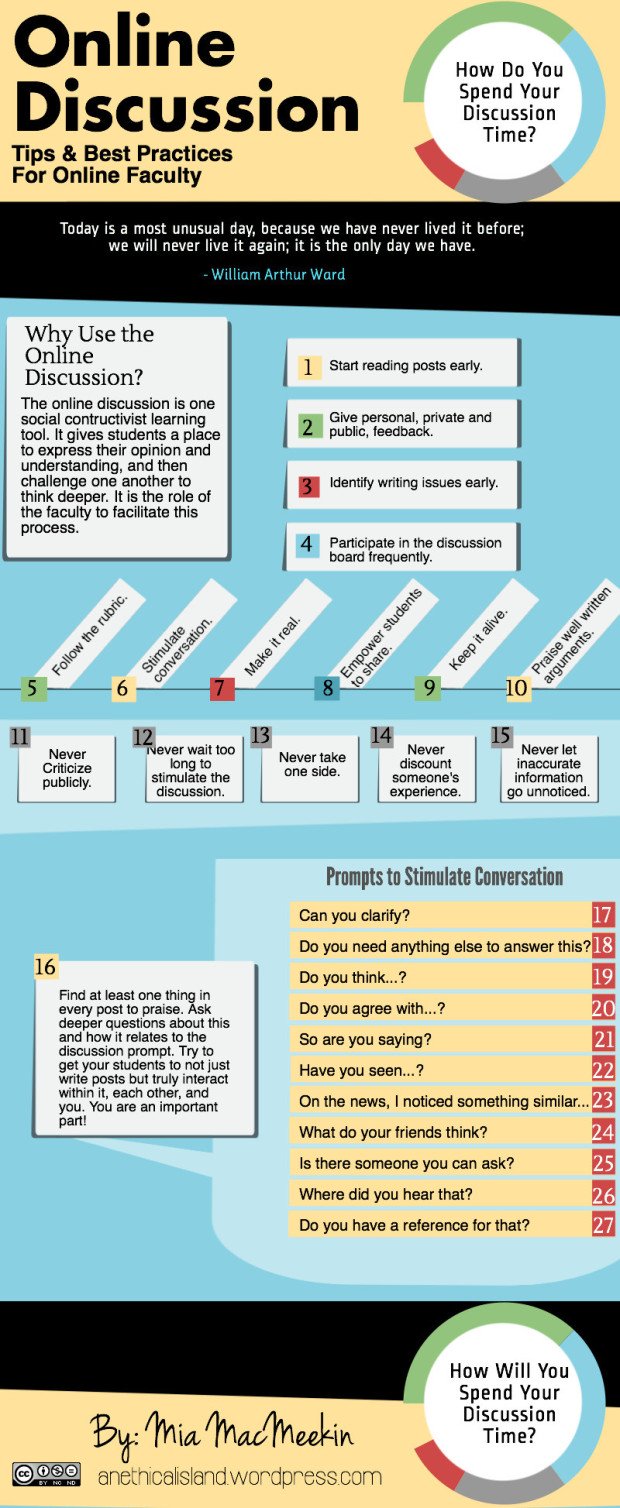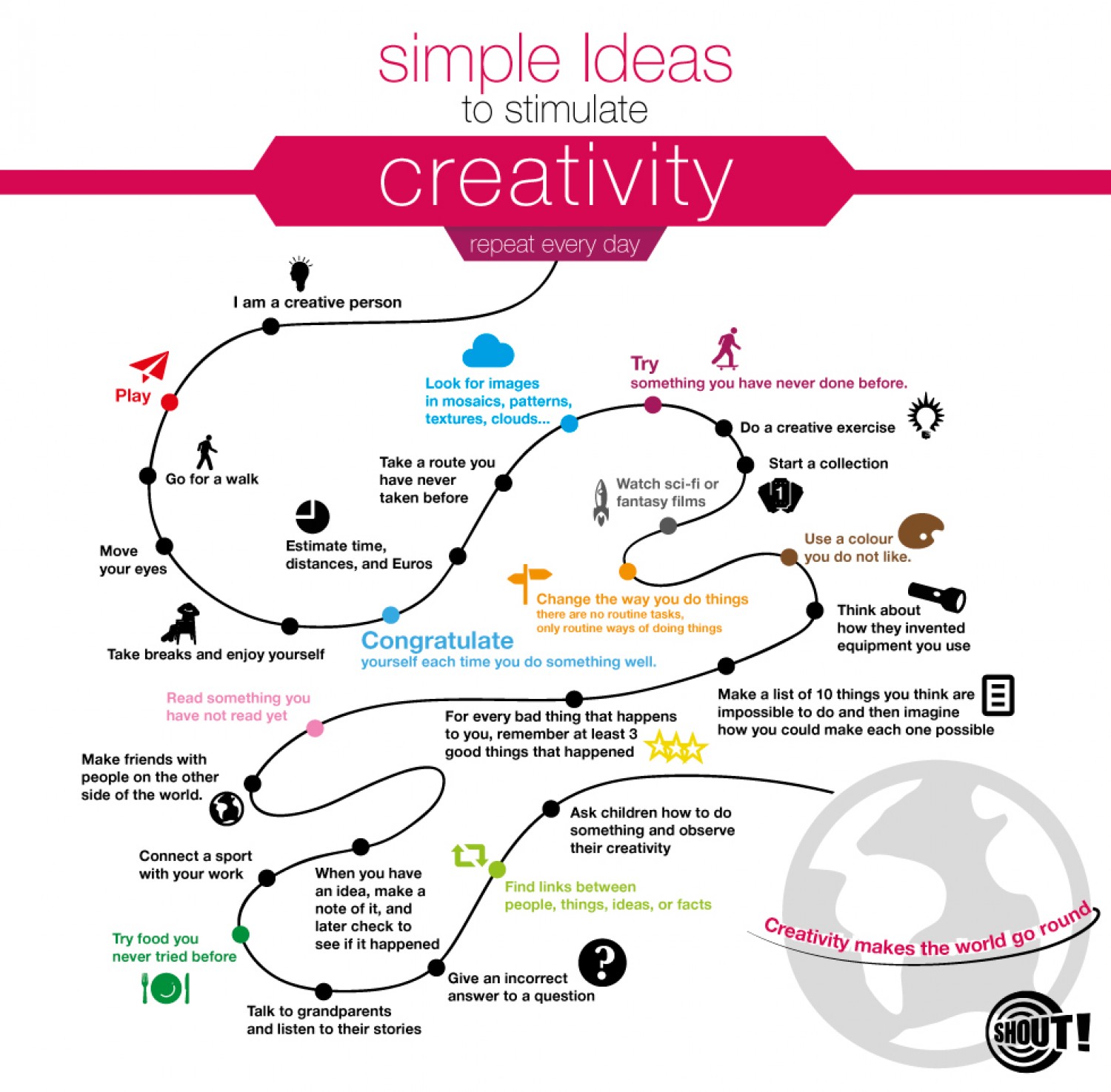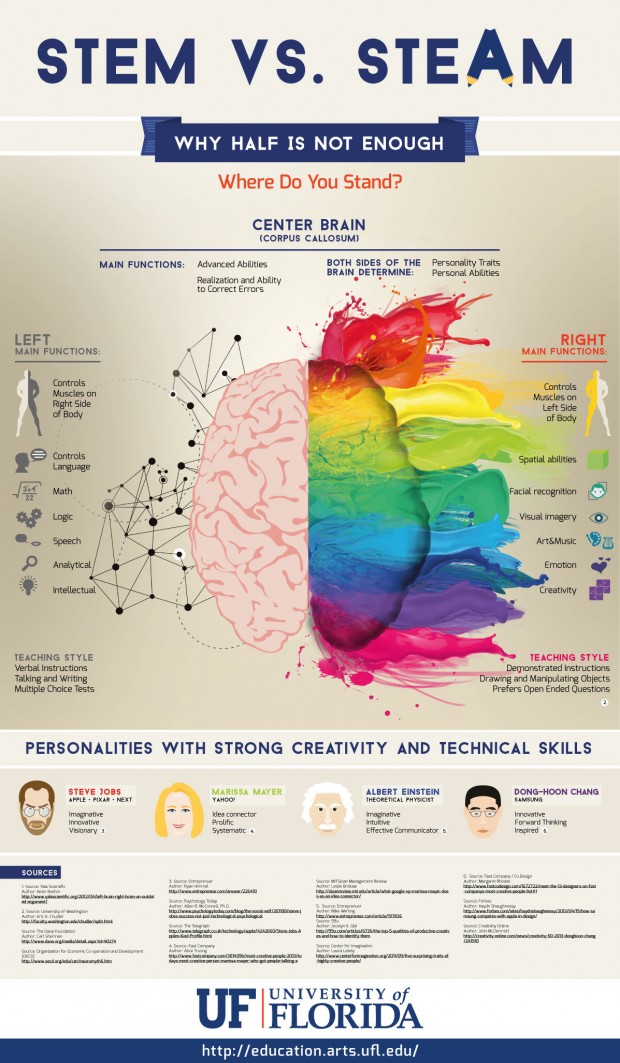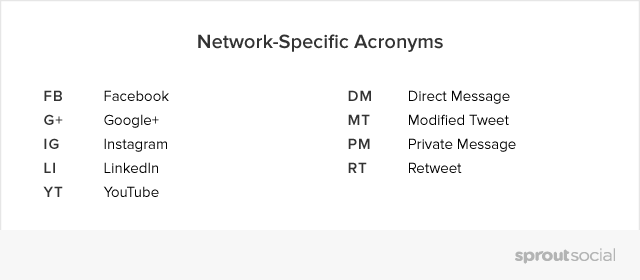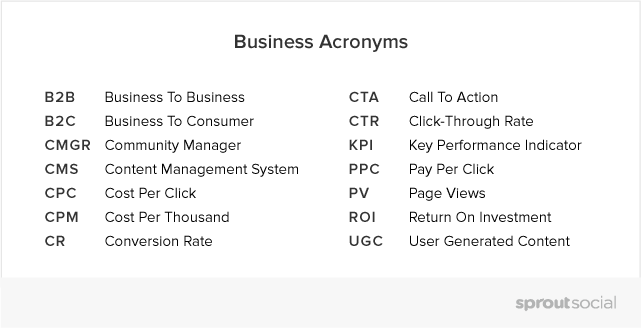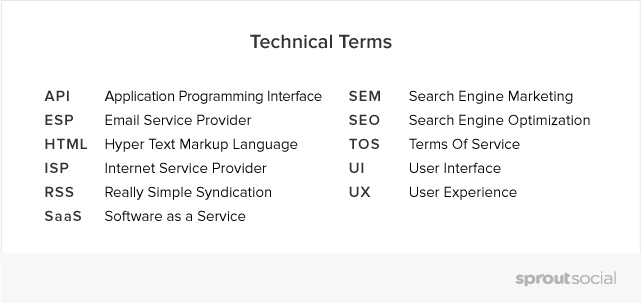The Problem With Math Problems: We’re Solving Them Wrong

The following question, from a mother concerned about her daughter’s math education, landed in my email box recently:
My husband and I talked to our daughter’s pre-calculus teacher about her poor grades. He said that many students hit a wall at this point in math, moving from memorization — apply this theorem to this problem — to more abstract how-can-I-solve-this-problem thinking. I accepted that because that’s what is happening for her. What I thought later was that why can’t we find a way to help these many students get over that wall, instead of using it as a tool to weed out less developed brains? I really feel I have no way to have an impact on this teacher’s blind spot since it is shared by all math teachers and so many other teachers: If you don’t understand, it’s your fault.
As I’m not a math teacher, I asked three experts on mathematics instruction to weigh in. They told me that this question perfectly illustrates what’s wrong with math education and why we need to change it. Much of what we teach kids during their first decade of math education relies on students’ blind compliance and memorization of rules and facts. We reward correct answers, but we do not not encourage students to think independently about what these rules and facts might mean in the bigger mathematical picture.
Tracy Zager, a math-education specialist and the author of the forthcoming book “Becoming the Math Teacher You Wish You’d Had,” explained in an email why this kind of math education fails students: “It was never a sensible idea to try to have students memorize first and understand later; this approach to mathematics instruction is structurally flawed. I really feel for these parents and this kid, but the frustration they face is inevitable. If we teach kids math without understanding, we build on a house of cards.”
That house of cards will be fragile, and liable to collapse, when students move from elementary mathematics to complex problem-solving, said Steven Strogatz, an author and a professor of applied mathematics at Cornell University.
“If you follow the rules, you can do pretty much everything that’s expected of you without ever having to think imaginatively,” Mr. Strogatz said in an email. “This is not the way math should be taught, even at an elementary level. There really ought to be problem solving and imaginative thinking all the way through while kids master the basics. If you’ve never been asked to struggle with open-ended, non-cookbook problems, your command of math will always be shaky and shallow.”
Mr. Strogatz suggested, however, that this math teacher isn’t wholly to blame for her students’ frustration. “This teacher may have been brought up in a culture in which skill at problem solving is seen as a matter of talent; either you have it or you don’t,” he said. “Everyone can be taught techniques and strategies for better problem solving, and can be taught to feel pleasure in the struggles that make us smarter. With practice, all of us can get much better at it.”
While avoiding the kind of frustration this mother describes in her letter will require a larger shift in mathematics education, there are some things this parent can do now to help her daughter.
Mr. Strogatz suggested playing with age-appropriate puzzles. “Kids love puzzles, and wrestling with good ones can help them fall in love with math and get stronger at it,” he said.
After playing around on a couple of recommended websites, I fell in love with with Steve Miller’s Math Riddles. Mr. Miller, a mathematics professor at Williams College, has amassed a wonderful collection of puzzles, ranging from easy to very challenging, and even I, an admitted math phobic, had a lot of fun playing on the site.
For teachers and parents looking to improve their own problem-solving abilities, Mr. Strogatz recommended George Polya’s book “How to Solve It.” While it’s not exactly light reading, it introduces new ways to approach problems, and is a classic in the field.
Purchase two copies of Carol Dweck’s Mindset, one for you and one for your child’s teacher. Ms. Dweck’s book is already required reading in many school districts because it articulates the difference between a fixed mindset (either you have it or you don’t) and a growth mindset (everyone can be taught to feel pleasure in the struggles that make us smarter). A growth mindset is a powerful thing and is an essential first step toward more effective teaching and learning (and parenting).
If you are frustrated by your child’s math homework and want to improve your capacity to help, read Christopher Danielson’s “Common Core Math for Parents for Dummies,” which will be published this month. Mr. Danielson’s book can help parents reorient their thinking about mathematics so that they can begin to help their children more effectively.
And check out Mr. Strogatz’s New York Times series, on the “Elements of Math.” It begins with a preschooler’s understanding of numeracy and progresses all the way through to an examination of infinity. Tellingly, the most advanced topic discussed in the series was inspired by a 6-year-old’s question.
Above all, Mr. Strogatz concluded: “It’s crucial to help our students realize that it’s fine to get stuck – after all, the life of a professional mathematician (or any other creative person) is about being stuck nearly all the time! It’s how you get past being stuck that matters. And that’s one of the most valuable lessons that math has to offer.”


